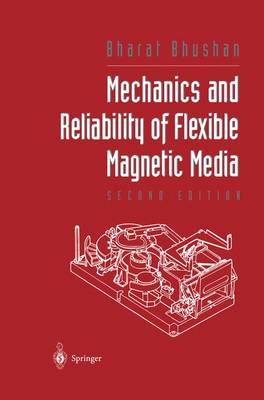According to some estimates, 95% of information today is stored on paper, 3% on microfiche, and only 2% on magnetic/optical and semiconductor storage devices. Semiconductor storage is almost exclusively used for dy- namic random access memory (D-RAM) in computers, and constitutes a very small fraction of the total storage capacity. Magnetic storage devices include hard disk, flexible disk, and tape drives. Estimates for worldwide storage is 12,000 petabytes (12 million terabytes). It is estimated that mag- netic tapes store about 95% of the information, and the balance is stored equally by magnetic hard disk and optical disk drives (250 petabytes each). 14 For comparisons, the human brain has 10 neurons and holds approxi- mately 200 megabytes of information. For a world population of 6 billion people, the total human memory is therefore 1200 petabytes, which is about 10% of the electronically recorded information. Magnetic and optical storage industry for consumer and data recording applications is at present an industry grossing more than $80 billion per year. It is expected to grow at cumulative rate of about 10% per year.
Revenue is as follows: for magnetic disks and drives, about $35 billion; for flexible disks and drives, about $4 billion ($1.5b/$2.5b); for data tape and tape drives, about $8 billion ($2b/$6b); for consumer video- and audiotape and tape drives, about $25 billion ($8b/$17b); for CD/DVD read-only disk and disk drives, about $7 billion ($lb/$6b); and for other optical products, less than a $1 billion.
- ISBN10 0387989366
- ISBN13 9780387989365
- Publish Date 31 May 2000 (first published 1 January 1992)
- Publish Status Active
- Out of Print 12 February 2015
- Publish Country US
- Imprint Springer-Verlag New York Inc.
- Edition 2nd ed. 2000
- Format Hardcover
- Pages 638
- Language English
